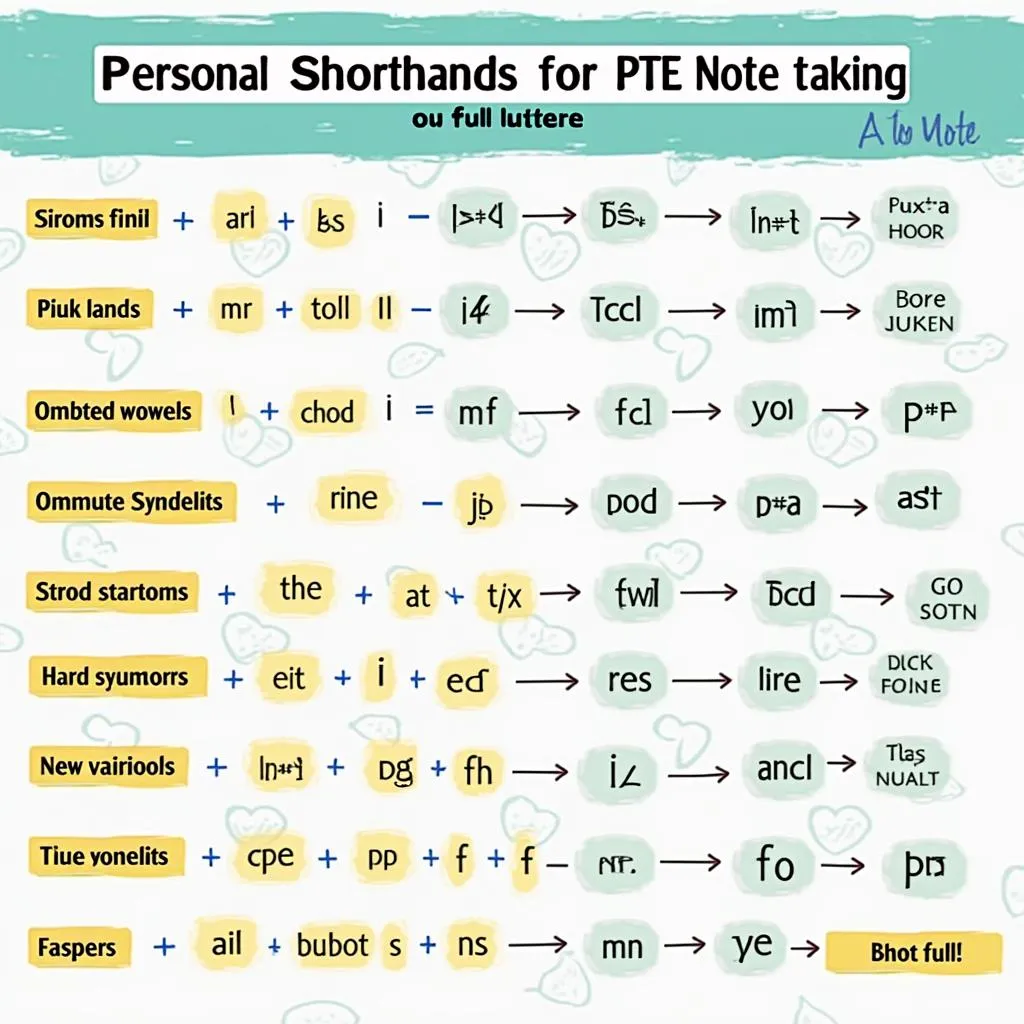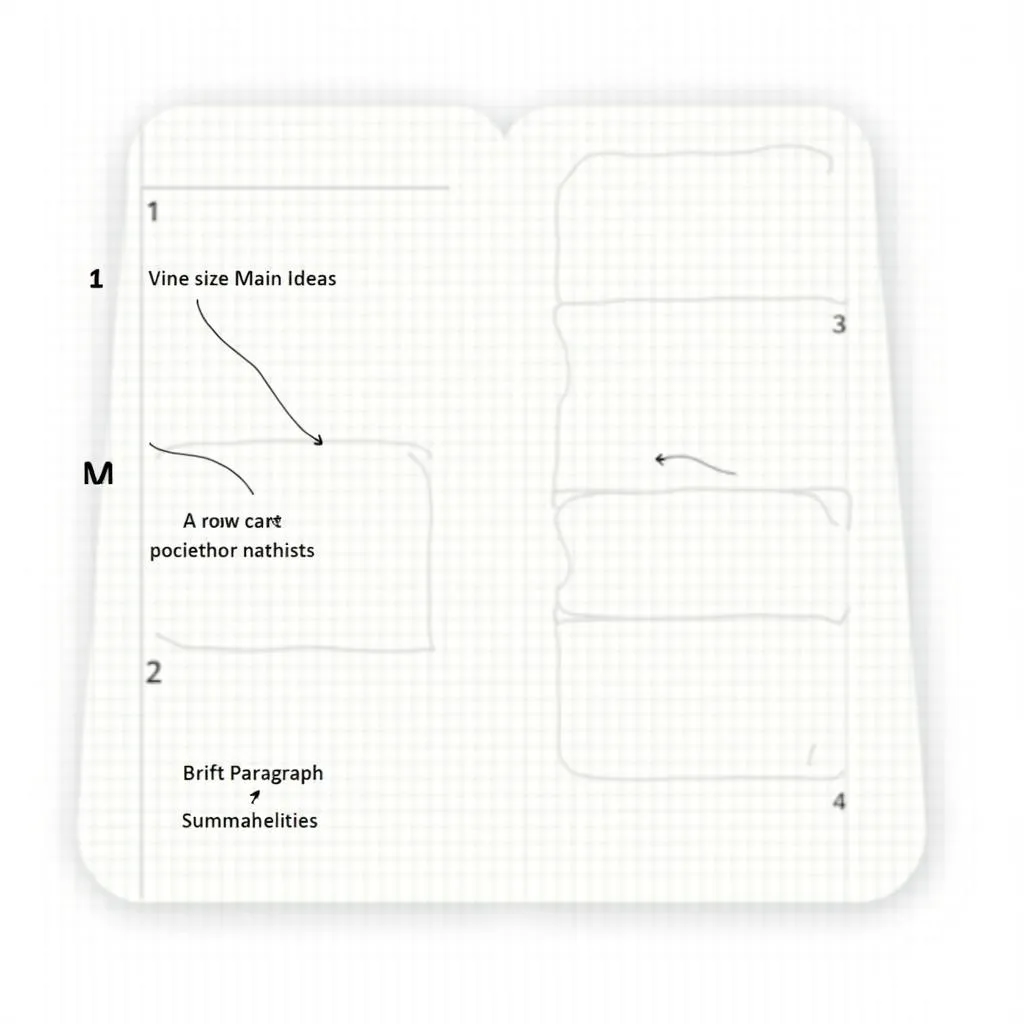Taking effective notes is a crucial skill for success in the PTE Academic test. Whether you’re preparing for the listening or reading sections, mastering the art of note-taking can significantly improve your performance. In this guide, we’ll explore proven strategies to develop your note-taking skills specifically for the PTE exam.
Understanding the Importance of Note-Taking in PTE
Note-taking is not just about scribbling down information; it’s a strategic process that enhances your comprehension and recall. In the context of PTE, effective note-taking can:
- Help you organize key information quickly
- Improve your focus during lectures or reading passages
- Enhance your ability to summarize content accurately
- Boost your confidence in answering questions
PTE official mock test analysis and strategies can provide valuable insights into the types of content you’ll need to take notes on during the actual exam.
Key Strategies for Developing Note-Taking Skills
1. Use Abbreviations and Symbols
Creating a personal system of abbreviations and symbols can significantly speed up your note-taking process. Consider the following tips:
- Use common abbreviations like “e.g.” for “for example” or “i.e.” for “that is”
- Create your own shorthand for frequently used words in PTE topics
- Utilize symbols like arrows (→) for cause and effect or plus signs (+) for additional information
 Abbreviations and symbols for PTE note-taking
Abbreviations and symbols for PTE note-taking
2. Implement the Cornell Method
The Cornell Method is a structured note-taking system that can be particularly effective for PTE preparation:
- Divide your paper into three sections: a narrow left column, a wide right column, and a summary section at the bottom
- Take notes in the right column during the lecture or while reading
- Use the left column to write key words or questions related to your notes
- Summarize the main points in the bottom section after completing your notes
This method helps organize information logically and facilitates quick review before answering questions.
3. Practice Active Listening
Active listening is crucial for effective note-taking, especially in the PTE listening section. To improve this skill:
- Focus on identifying main ideas and supporting details
- Listen for signpost words that indicate important information
- Pay attention to the speaker’s tone and emphasis
How to practice active listening for PTE offers additional techniques to enhance your listening skills.
4. Develop a Personal Shorthand
Creating your own shorthand can significantly increase your note-taking speed:
- Use the first few letters of long words (e.g., “env” for environment)
- Omit vowels in common words (e.g., “dvlp” for develop)
- Use mathematical symbols (e.g., “>” for “greater than” or “leads to”)
Remember, the key is consistency and ensuring you can understand your notes later.
 Examples of personal shorthand for PTE note-taking
Examples of personal shorthand for PTE note-taking
5. Focus on Keywords and Main Ideas
In PTE, it’s crucial to capture the essence of the information rather than trying to write down everything:
- Identify and note down key terms and concepts
- Look for topic sentences and concluding statements
- Pay attention to repeated words or phrases
Dr. Sarah Johnson, a PTE preparation expert, advises:
“Don’t try to transcribe everything you hear or read. Instead, train yourself to quickly identify and jot down the core ideas. This skill is invaluable not just for note-taking, but for summarizing content in various PTE tasks.”
6. Use Mind Mapping
Mind mapping is an excellent technique for visual learners and can be particularly useful in the PTE reading section:
- Write the main topic in the center of your page
- Branch out with subtopics and supporting details
- Use colors and images to enhance memory retention
- Connect related ideas with lines or arrows
This method helps in seeing the big picture and understanding relationships between different concepts.
7. Practice Paraphrasing While Note-Taking
Paraphrasing is a critical skill in PTE, and incorporating it into your note-taking can offer dual benefits:
- Write down information in your own words as you take notes
- Practice summarizing complex ideas concisely
This approach not only improves your note-taking but also enhances your paraphrasing skills for other PTE tasks. For more on this, check out how to practice paraphrasing for PTE.
Applying Note-Taking Skills in Different PTE Sections
Listening Section
In the PTE listening section, effective note-taking can make a significant difference:
- Jot down numbers, dates, and proper nouns as you hear them
- Use a linear format for lectures and a more visual format for conversations
- Leave space to add details you might have missed initially
For more specific strategies, refer to PTE academic listening module practice tips.
Reading Section
For the reading section, adapt your note-taking approach:
- Skim the passage first to get an overview
- Note down main ideas and supporting details
- Use arrows or numbers to show relationships between ideas
- Write brief summaries for each paragraph
 Note-taking techniques for PTE reading section
Note-taking techniques for PTE reading section
Practicing and Perfecting Your Note-Taking Skills
Developing effective note-taking skills for PTE requires consistent practice:
- Use PTE practice materials to simulate exam conditions
- Time yourself to improve speed and efficiency
- Review and refine your notes regularly
- Experiment with different techniques to find what works best for you
Remember, the goal is to develop a system that allows you to quickly capture and understand information, setting you up for success in the PTE exam.
Conclusion
Mastering How To Develop Note-taking Skills For PTE is a journey that requires patience and practice. By implementing these strategies and consistently refining your technique, you’ll not only improve your performance in the PTE exam but also develop a valuable skill for academic and professional success. Start incorporating these methods into your PTE preparation today, and watch your confidence and scores improve.
FAQ
How can I take notes quickly without missing important information in PTE?
Focus on keywords, use abbreviations, and practice active listening. Develop a personal shorthand system and prioritize main ideas over details.
Is it better to use paper or a digital device for note-taking in PTE practice?
While PTE is computer-based, practicing with pen and paper can improve retention and allow for more flexibility in formatting. However, typing practice is also essential for the exam.
How do I know if my note-taking method is effective for PTE?
Review your notes after practice sessions. If you can understand the main points and successfully answer questions based on your notes, your method is likely effective.
Can mind mapping be used effectively in the time-pressured environment of PTE?
Yes, with practice. Start with simple mind maps and gradually increase complexity as you become more proficient. Focus on key relationships rather than extensive details.
How can I improve my note-taking speed for the PTE exam?
Regular practice, developing a personal shorthand, and focusing on main ideas rather than trying to capture everything will help increase your note-taking speed over time.
Should I take notes for all sections of the PTE exam?
Note-taking is most crucial for listening and reading sections. For speaking and writing tasks, brief outline notes can be helpful, but extensive note-taking may consume valuable time.